The Story of a Picture.
The writer Lawrence Durrell once told his younger brother Gerald, that an interesting experience should never be wasted and should always find its way into his work; and the advice proved useful because Gerald Durrell would become one of the most popular writers of his generation. Certainly, he knew how to tell a good story, which encouraged me at an early age to read his travel books. Years later though there would be disappointment when I heard him say that what he had written had only been loosely based upon the truth. Naively I had thought that if a book was supposed to be factual then it should glide as close as is possible to the truth, otherwise we might just as well all be reading novels.
Nevertheless, as a child, Durrell’s descriptions of exotic places was inspirational, and pretty soon I began considering that maybe I too might become a naturalist, travelling to interesting places to watch interesting plants and animals do interesting things. But that was little more than wishful thinking, because I couldn’t imagine ever being able to raise enough money to fulfil such lofty ambitions. If I was going to get there I’d need to think creatively, because I knew it wouldn’t be easy to persuade other people to pay for my lifestyle choices. Whatever I did, it should at least look like a job. Given my interests, perhaps the most obvious approach was to work overseas as a wildlife film-maker and get television companies not only to pay for my experiences, but also to take care of the necessary expenses… But that would be easier said than done, and a completely different story.
My career as a wildlife film-maker was slow to start, but eventually things began to fall into place; and it wasn’t long before I began waking up in hotel rooms wondering quite literally, where on Earth I was. Then it occurred to me that to do this job properly I’d most likely have to get up very early and most likely miss breakfast – a desperate state of affairs. Then, later in the day, if plants and animals started doing interesting things I’d have to focus lenses and press camera buttons. It was devastating – I was quickly learning that not only was breakfast looking sketchy, but there was also no such thing as a free lunch.
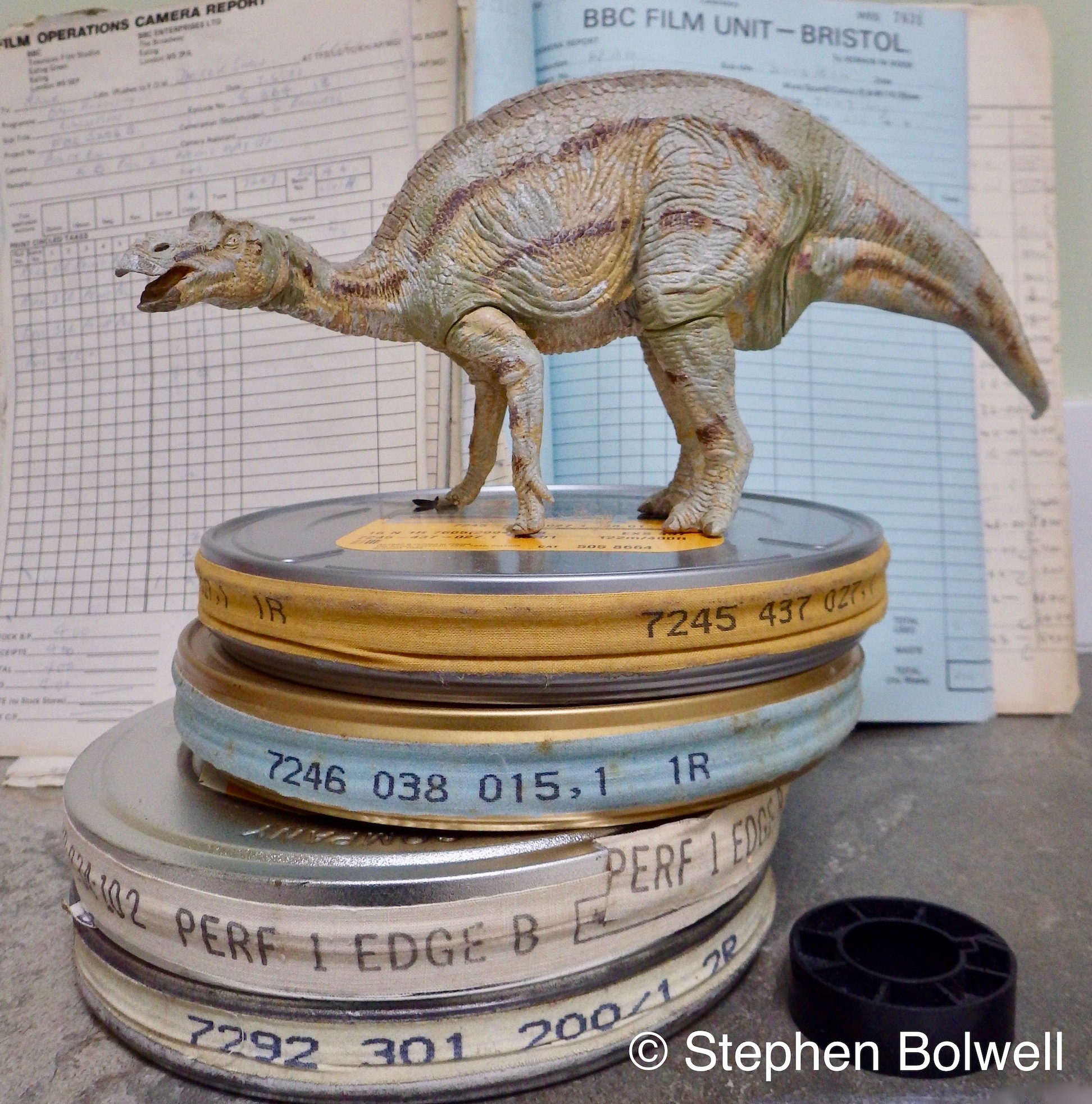
When filming for the BBC everything I shot belonged to the Corporation, but my contracts arrived so late I hardly ever signed them, so maybe everything I filmed still belongs to me, even the stuff that has long since gone to the tip. Certainly, I owned all of the still photographs that were taken at the time, but these were usually grabbed and secondary to the filming – I had no illusions about my priorities.
As a freelancer I owned all my own gear, along with all the accumulated experiences that the job had to offer, and looking back, some were more extraordinary than I had realised at the time; unlike many other jobs the same thing rarely happened twice, and events were often difficult to predict. Retrospectively, apart from getting paid there was nothing about my working life that seemed normal, and in consequence I ended up with a great many of pictures and almost as many stories, but for years remained far too busy to put the two together.
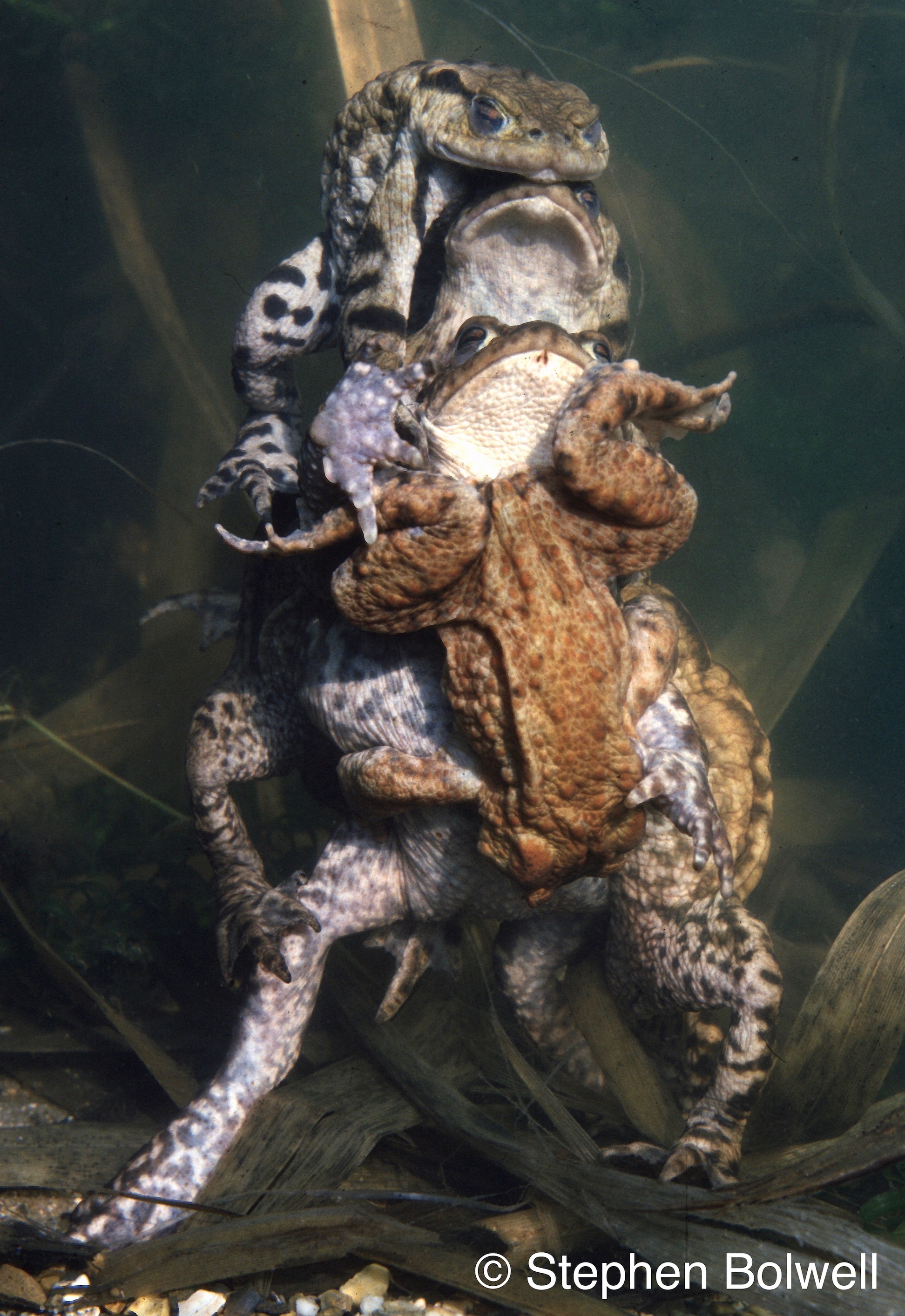
My stills pictures were often requested for inclusion in books that related to whatever series I was working on at the time, but as the published work was separate from the filming I wasn’t obliged to offer up any of my stills; and as I never came across a publisher willing to pay a fair price for reproducing my images, I didn’t waste too much time searching out whatever they were asking for. But when I did relent, and send off transparencies (as the format was back then) they would usually get lost, or at the very least damaged – one was even returned to me cut in half and all were reproduced by being laid onto a sticky roller, so that if by some freak of circumstance any did get returned, they were invariably covered in goo. Nevertheless, I did search out a picture for the book based on the Durrell T.V. series ‘Ourselves and Other Animals’, because given how much Gerald Durrell’s early work had shaped my childhood it would have been churlish not to have given up a single picture.

As soon as I got my first stills camera, holding onto it became second nature – I rarely put the thing down. For some people photography is like a disease that never goes away: a bit like malaria: you get over it for a while but it keeps coming back. And now I’m discovering images that I barely glanced at when they first came back from the laboratory: most were immediately stacked away in boxes, and many have remained unseen from the day they were put away, in some cases decades ago. They are history now, but each one reminds me of an event that relates to a particular story.
And just as I was thinking about this I came to a box that said ‘Potoo in Brazil’ and as I began going through the various colour slides, the story and the pictures suddenly came together:
I was in South Brazil carrying my gear across a wide expanse of cerrado (natural grassland) just as the sun was coming up; which was nice because it had been cold: there where termite mounds dotting the landscape away into the distance and I was making my way towards them. Then up ahead, I saw something odd sitting on a weedy old broken stump – the only bit of wood for miles. Most people probably wouldn’t have noticed it, but I could see that the top of this broken off tree was sharp and lacking the decrepit woodiness of the weathered base below, it looked altogether rather odd.
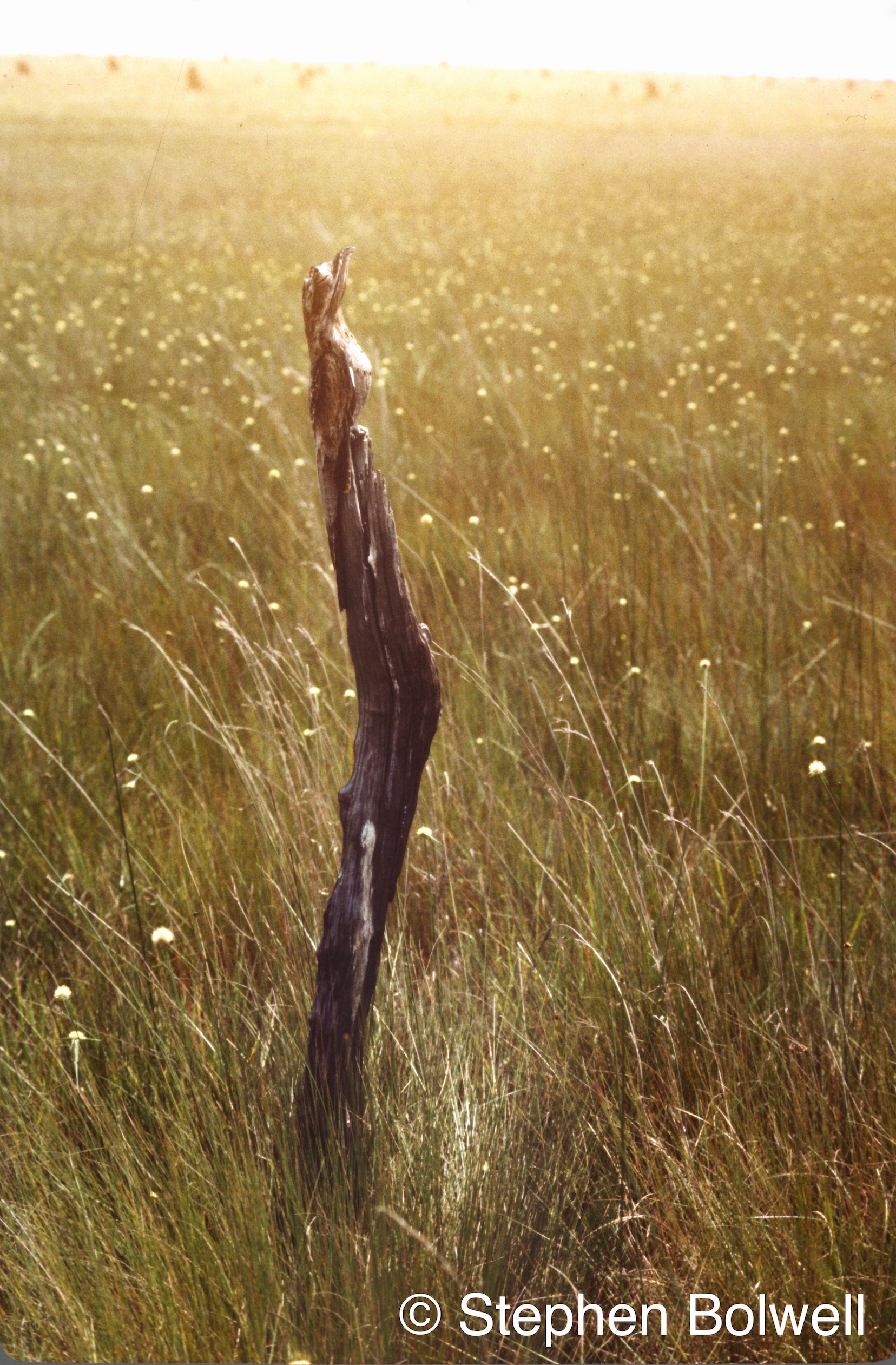
I made my way towards what had once been a small tree that had probably been struck by lightening some years before, and was close before realising quite what I was looking at. On the top was an unusual bird doing a great impression of being something other than a potoo, which is the rather odd name this strange animal has been given.
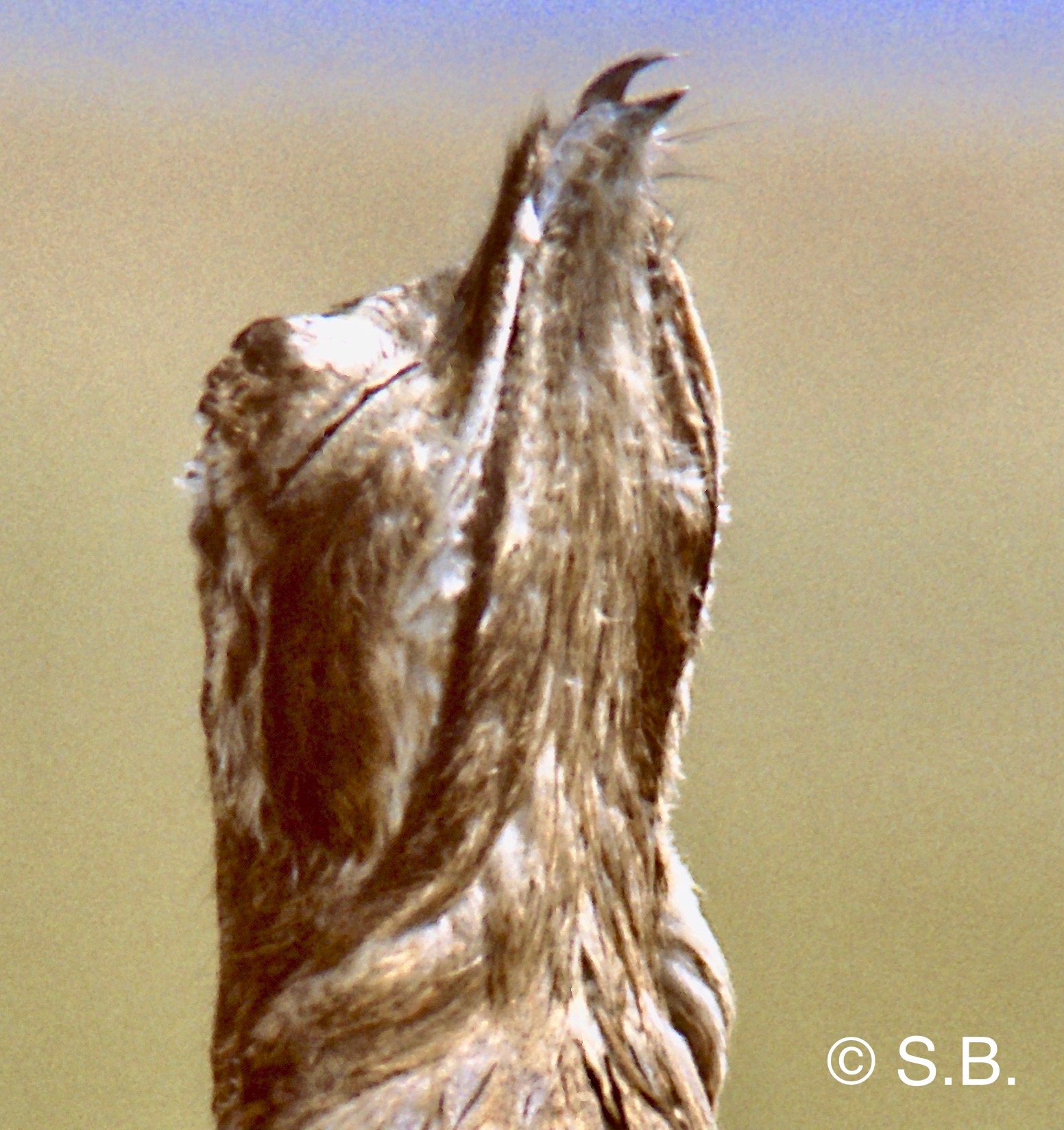 I’d never seen one before, but by its general form it was clear this was a primitive looking creature related to birds called frog mouths, and also to nightjars, birds that I would occasionally see on ‘the New Forest’ heaths, close to my home when living in England – they would fly low at dusk to catch insects… but that was almost half a world away from where I was standing now.
I’d never seen one before, but by its general form it was clear this was a primitive looking creature related to birds called frog mouths, and also to nightjars, birds that I would occasionally see on ‘the New Forest’ heaths, close to my home when living in England – they would fly low at dusk to catch insects… but that was almost half a world away from where I was standing now.
The potoo is in the family Nyctibiidae, but this bird didn’t know it had a proper name and would have been just as much at home in ‘Alice’s Adventures in Wonderland’ doing absolutely nothing, whilst trying to appear more vegetable than animal; and the way the head was pointing vertically up, it was clear that this strange bird was taking being the top of a dead tree stump very seriously indeed.
Clearly the first thing I needed to do was to photograph it, because the bird’s cryptic form was obviously a behavioural adaptation that allowed it to avoid being seen by both predators and prey. That in itself was interesting, but not really the stuff of movies. It occurred to me the potoo was totally confident that I couldn’t see it and was determined to sit tight, at least for the time being. So, I decided that the next thing to do was run the camera and walk straight up to the tree stump and see what it would do next. In no other circumstance would I walk straight up to a wild bird – to do so would certainly cause a disturbance, but this was a potoo and its behaviour suggested that it might just sit tight rather than take flight… and as it turned out, moving was the very last thing on its mind.
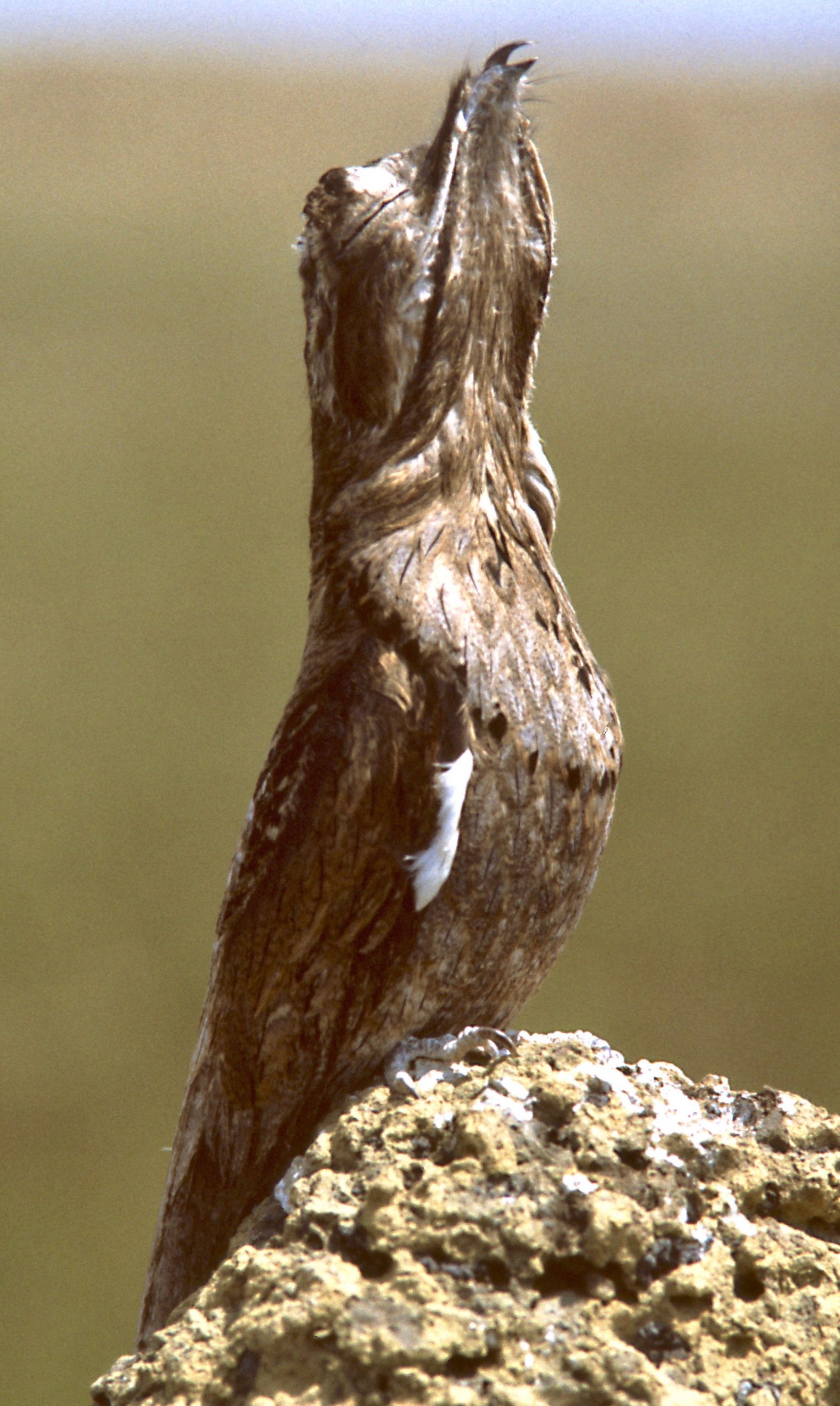
I was fairly steady back then and could hand-hold a camera without jiggling it about, the secret is to relax and keep everything moving and once close to your subject, avoid stepping forward, or over compensating for any instability – you should just lean in; but when a camera has a wide angle lens up front, it is surprising how much of a bird’s head will remain in frame when you do. I ended up very close, but kept looking through the view finder… and still the bird didn’t react. This was a bit of an anti-climax; clearly something would need to change if things were going to become interesting; presently, as a movie shot it was totally pointless – I should perhaps have though this through more thoroughly. There was nothing here that would make this work unless the bird reacted, and in one sense I was pleased the bird hadn’t been disturbed, but way out in the middle of nowhere, this potoo probably wasn’t going to see another human being for months, and if it did decide to fly to another perch I doubted it would be a tremendous drain on its resources. Probably the bird would simply glide a short distance to a termite mound and sit tight again, but the potoo wasn’t about to do that, and now I was almost touching it….
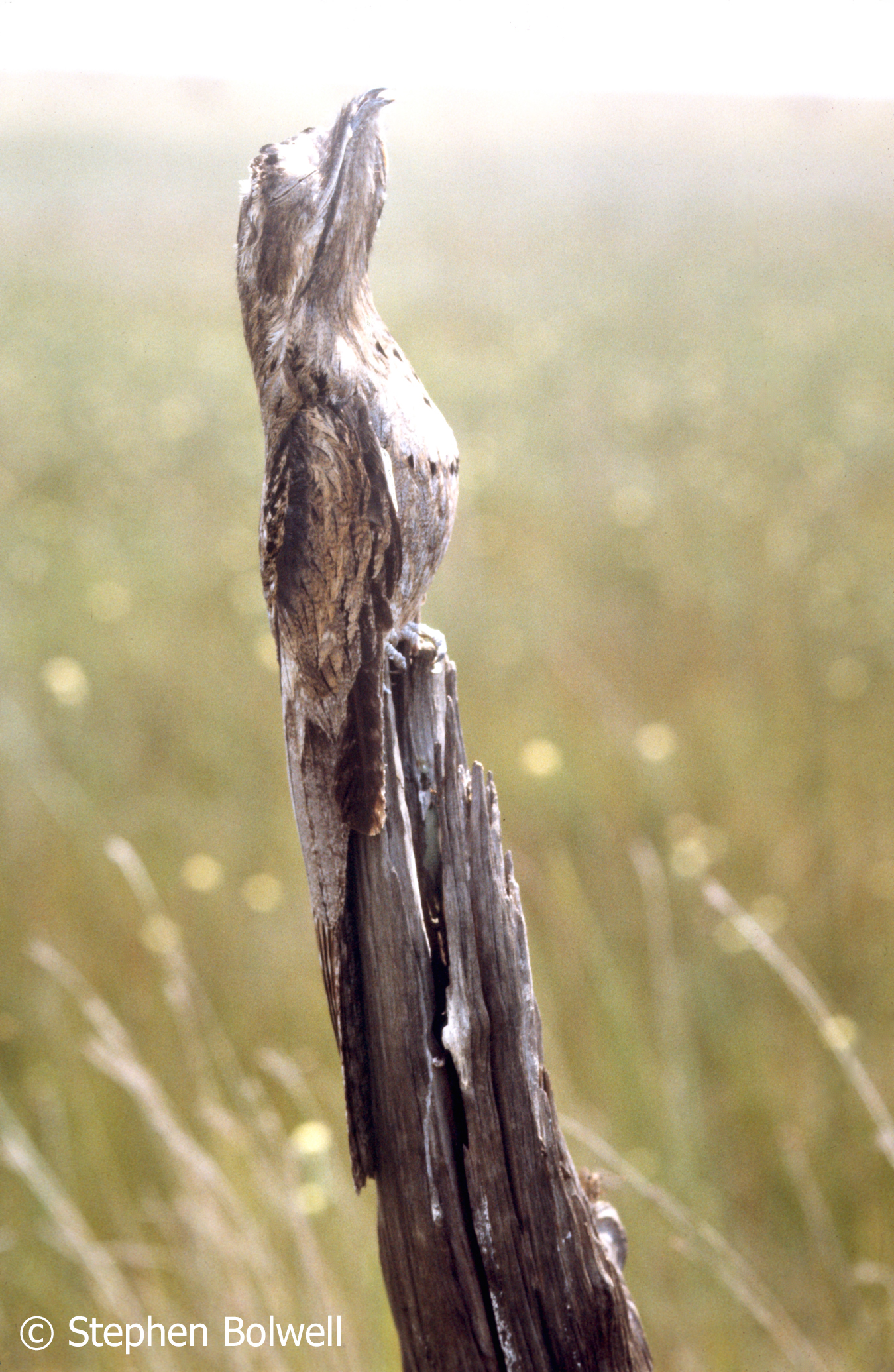
I was aware the potoo knew I was there, because even with its eyes closed the lids allowed enough light through for the bird to see – it was important for the creature to keep its eyes hidden because once revealed they were all too obvious.
And just when I thought I might be about to break the most important rule of wildlife film-making, and bump into a bird, the potoo finally reacted, turning it’s broad head towards me and quite suddenly flashing open the two delicate lids to reveal a pair of starling greenish-yellow eyes; then it gaped its beak as wide as it could manage to display a startling pinkish-purple mouth interior, which even through the viewfinder appeared quite shocking. For a moment the whole lens seemed to be going down the bird’s throat as the potoo held its beak at maximum aperture for what seemed an eternity. Then having exhausted the full shock value of doing this, it suddenly snapped its bill shut – and did so without scratching the front element of my camera lens, or catching my fingers. This was a bonus to what had been a wonderful display. I gently pulled back and the potoo returned to invisible mode, once again certain that I could not see it.
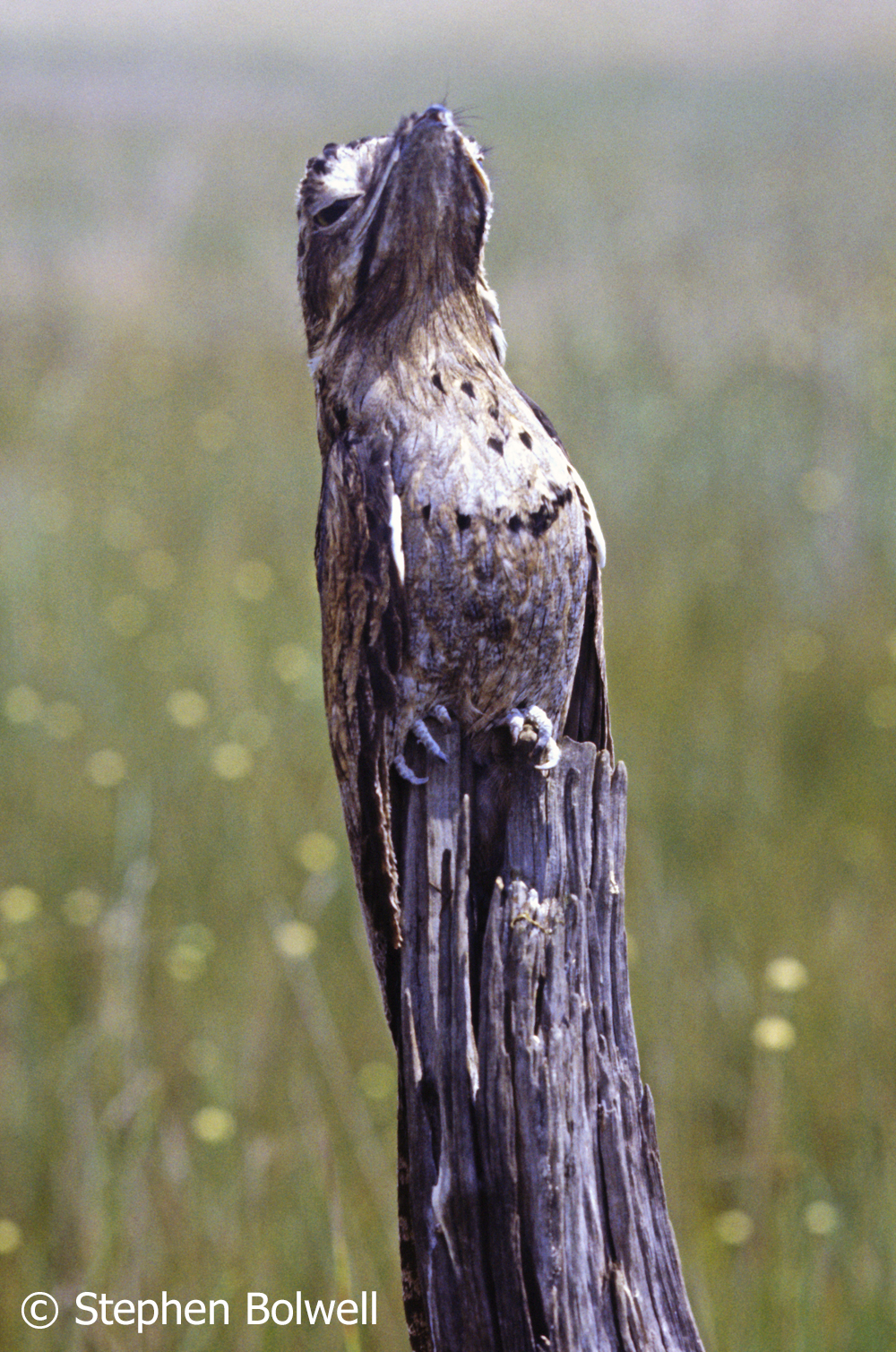 Now, I’d managed this startling shot, it occurred to me I didn’t have the faintest idea how it might be used. I’d already done some wide shots, but hadn’t established any context to tell a story – there was no natural reason for the bird to behave in this way. If I was to play a predator instigating a second line of defence, how could this be used successfully in a natural history film if in terms of the story telling, I wasn’t supposed to be there and there was no obvious predator. The shot was just a curiosity that would never make it into a programme…. and as I carried on doing the many other things I had to do, this interesting event dropped to the back my mind. But, when much later the producer and editor saw the shot, they weren’t expecting the gape any more than I was, and were determined to use it… the only way to do this, was in a ‘making of the series’ programme: it would become a ‘See what happened to our cameraman moment, when he approached this odd looking stick’ in David Attenborough’s ‘The Making of the Living Planet’ which was transmitted at the end of the ‘Living Planet’ series. I didn’t need to appear on screen because the story was all in the telling of the bird’s odd behaviour from the perspective of the viewer. As for the potoo… The bird had become famous for 15 seconds, but wouldn’t have known anything about it, and I got the feeling that if it had, this strange creature wouldn’t have been the least bit bothered. Potoos just do what potoos have to do – no more, no less. They’re fabulous when they’re doing absolutely nothing, then suddenly extraordinary when doing quite a lot more – and usually when you’re least expecting it.
Now, I’d managed this startling shot, it occurred to me I didn’t have the faintest idea how it might be used. I’d already done some wide shots, but hadn’t established any context to tell a story – there was no natural reason for the bird to behave in this way. If I was to play a predator instigating a second line of defence, how could this be used successfully in a natural history film if in terms of the story telling, I wasn’t supposed to be there and there was no obvious predator. The shot was just a curiosity that would never make it into a programme…. and as I carried on doing the many other things I had to do, this interesting event dropped to the back my mind. But, when much later the producer and editor saw the shot, they weren’t expecting the gape any more than I was, and were determined to use it… the only way to do this, was in a ‘making of the series’ programme: it would become a ‘See what happened to our cameraman moment, when he approached this odd looking stick’ in David Attenborough’s ‘The Making of the Living Planet’ which was transmitted at the end of the ‘Living Planet’ series. I didn’t need to appear on screen because the story was all in the telling of the bird’s odd behaviour from the perspective of the viewer. As for the potoo… The bird had become famous for 15 seconds, but wouldn’t have known anything about it, and I got the feeling that if it had, this strange creature wouldn’t have been the least bit bothered. Potoos just do what potoos have to do – no more, no less. They’re fabulous when they’re doing absolutely nothing, then suddenly extraordinary when doing quite a lot more – and usually when you’re least expecting it.
Dedicated to John Gordon who takes lovely pictures of birds.
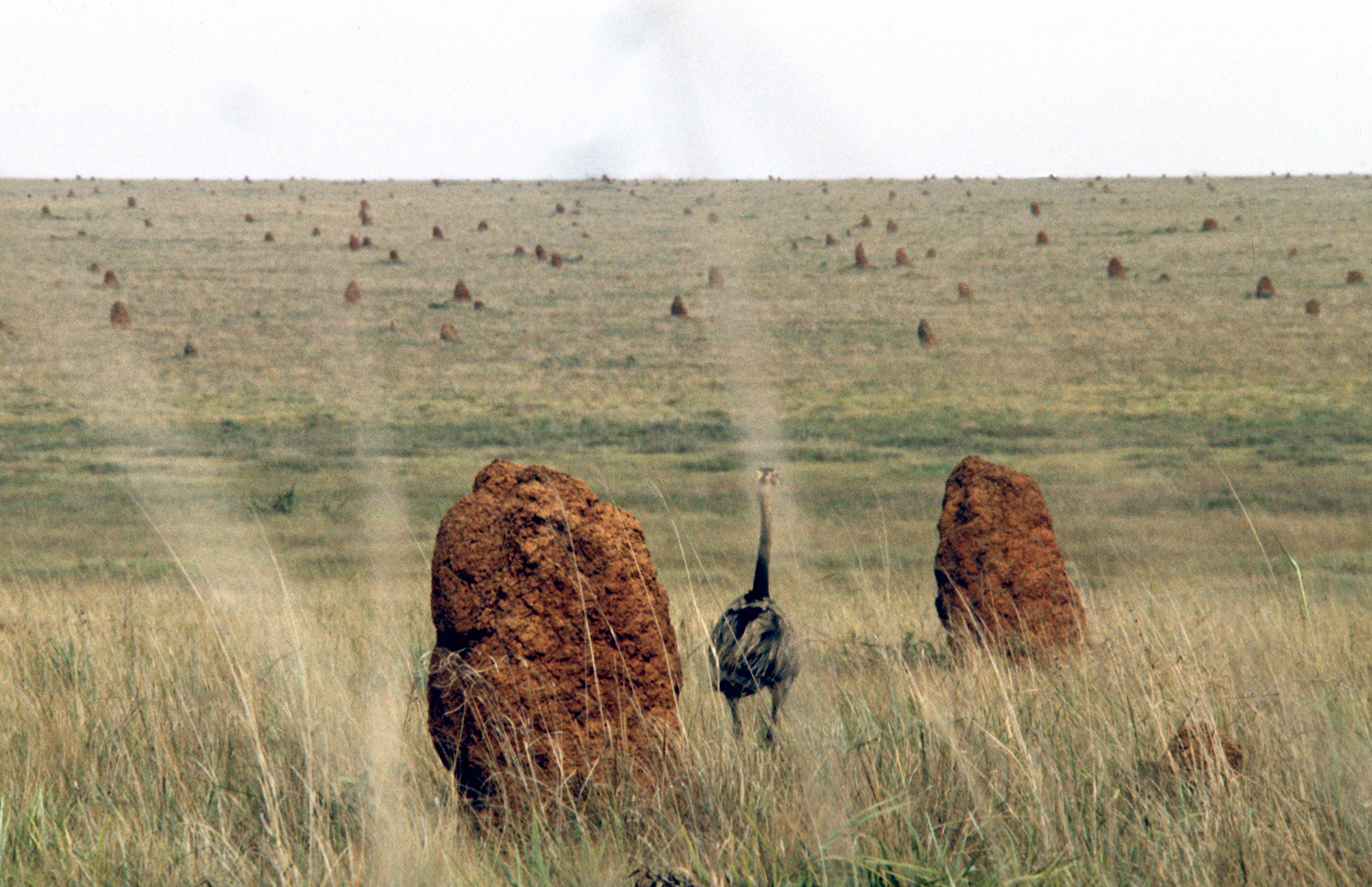
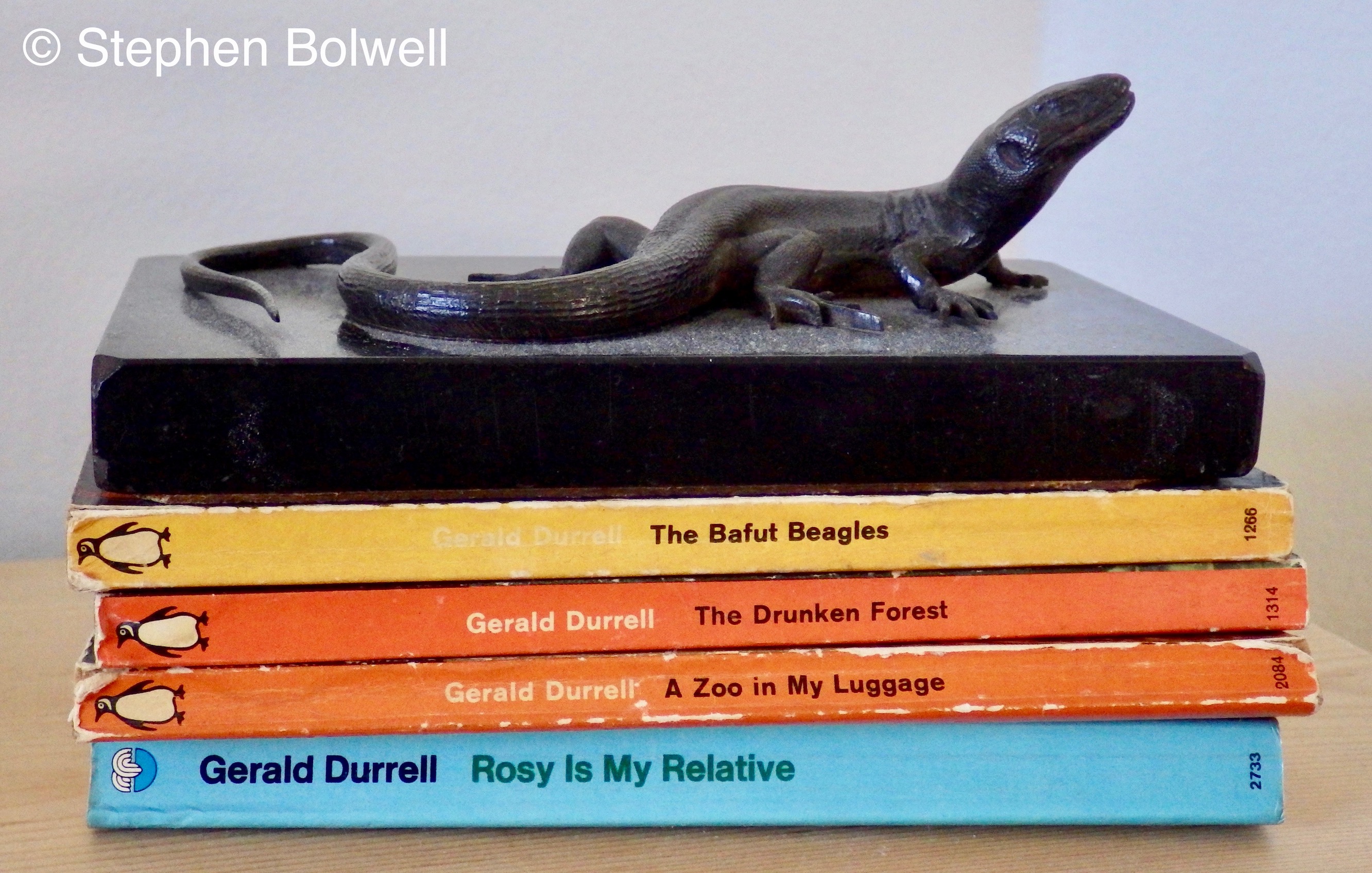
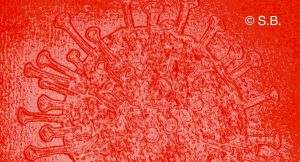
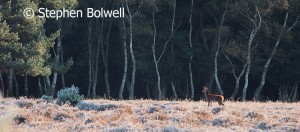
Well written!
Let us do a hike next time you fly to Hawaii & find the secret perches of yet unnamed killer caterpillars!
I’d love that. I guess you noticed that I’d written about your killer caterpillars and keep coming back to Pacific Island subjects. Living on the West Coast of North America it is a lot easier for me to get to Hawaii than it used to be when I lived in the UK. I do feel comfortable in such a beautiful place; apart from species loss and disappearing natural habitats, but then almost everywhere in the world has been going the same way for some time.
Great post! (I love Potoos.)
Thank you. I am glad you enjoyed it. They are certainly unusual looking birds.